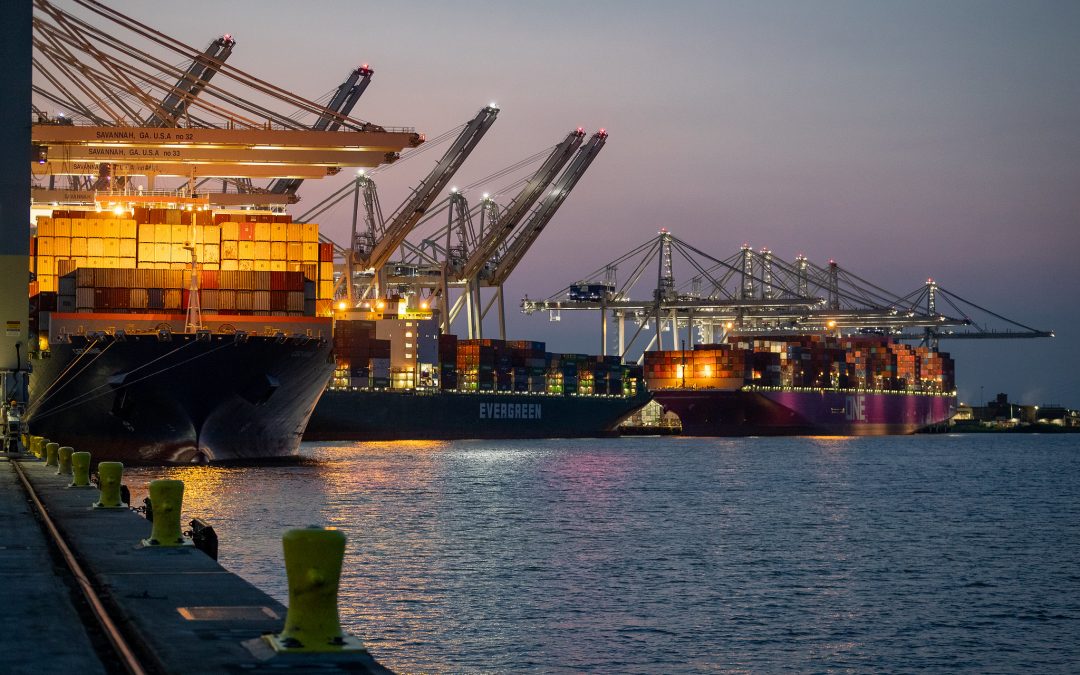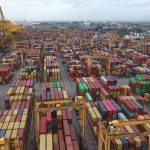Fresh stimulus could boost Chinese iron ore imports, down 3.3% YTD
Preliminary shipping data from Oceanbolt shows a 1.7% y/y drop in Chinese iron ore import volumes in August. The volumes are, however, the highest since January and follow a 3.1% y/y increase in July. Year-to-date, Chinese iron ore imports are down 3.3% y/y, making up around 20% of global dry bulk volumes, but could be in for a bounce, benefitting the struggling Capesize segments.
On 26 August, China’s State Council announced new stimulus measures targeting infrastructure. Quotas for infrastructure spending by its banks were increased by CNY 300 billion (USD 87 billion), on top of a previous CNY 300 billion in June.
Bloomberg estimates that CNY 6.8 trillion (USD 1 trillion) in government funds are now available for future construction projects. Total spending could end threefold higher when including associated corporate funding.
Description automatically generated
“We remain positive that demand from infrastructure projects should improve in the coming months, supported by China’s policies. However, China’s real estate crisis will remain an obstacle to iron ore and steel demand,” says BIMCO’s Chief Shipping Analyst, Niels Rasmussen.
The Chinese housing market is currently plagued by high debt among developers, a drop in sales, falling housing prices, and an increase in mortgage payment defaults. Residential housing accounts for 10-12% of China’s GDP and is one of the main uses of steel in China. A return to growth in iron ore imports will be heavily dependent on a stabilisation of the housing market.
“China’s zero COVID policy has greatly affected business and consumer confidence in 2022 and that is clearly visible in the sluggish housing market. Any new and prolonged large-scale lockdowns could, however, threaten a recovery in the housing market and thereby a rise in demand for iron ore. The recent lockdown in one of China’s biggest cities, Chengdu, is proof that risks to recovery remain,” says Rasmussen.
“A recovery would be a boon for especially Capesizes that have recently suffered an 85.5% drop in the Baltic Exchange Capesize Index due to increased supply following a reduction in congestion.”
Source: Hellenic Shipping News






